
Precision Agriculture Tools
August 17, 2022, 2:29 pm
Precision agriculture emerged in the early 1990s in various forms, depending on the knowledge and technology available.
The increase in production costs of agricultural products in recent years, have favoured the application of precision agriculture in many developed countries. The importance of precision agriculture for the future of humanity is further attested by the interest shown by NASA.
Precision Agriculture Tools
Agricultural production systems, including rice farming systems, have been very successful in increasing productivity and efficiency, thanks to genetic improvement, agrochemical practices, irrigation and farm machinery. However, the world population continues to grow steadily, while the resources for agricultural production diminish.
Despite these improvements from precision agriculture, in many parts of the world, there is no specific precision agriculture programme due to shortage of capital, knowledge and technologies
WHAT IS PRECISION AGRICULTURE?
Precision agriculture refers to agriculture management systems that promotes variable management practices within a farm land according to site or soil conditions.
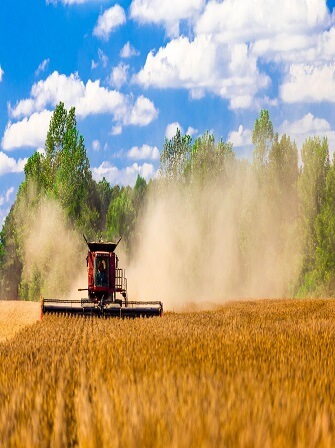
Precision agriculture is based on the recognition of spatial and temporal variability in crop production. Variability is accounted for in farm management with the aim of increasing productivity and reducing environmental risks.
In modern and advanced agriculture, farms are often large (sometimes 1,000 ha or more) and comprise several fields. The spatial variability in large farms, therefore, has two components: within-field variability and between-field variability. The precision agriculture within a field is also referred to as site-specific crop management (SSCM).
Precision agriculture is not a single technology, but an integration of technologies permitting:
- Collection of data on an appropriate scale at a suitable time;
- Interpretation and analysis of data to support a range of management decisions; and
- Implementation of a management response on an appropriate scale and at a suitable time
ADVANTAGES OF PRECISION AGRICULTURE
The advantages of precision agriculture to farmers are as follows:
Overall yield increase
The precise selection of crop varieties, the application of exact types and doses of fertilizers, pesticides and herbicides, and appropriate irrigation meet the demands of crops for optimum growth and development. This leads to yield increase, especially in areas or fields where uniform crop management practices were traditionally practised.
Efficiency improvement
Advanced technologies, including machinery, tools and information, help farmers to increase the efficiency of labour, land and time in farming. For example, in the United States, a mere 2 hours are sufficient to plant 1 hectare of wheat or maize.
Reduced production costs
The application of exact quantities at the appropriate time reduces the cost of agrochemical inputs in crop production. In addition, the overall high yield reduces the cost per unit of output.
Better decision-making in agricultural management
Agricultural machinery, equipment and tools help farmers acquire accurate information, which is processed and analysed for appropriate decision making– in land preparation, seeding, fertilizer, pesticide and herbicide application, irrigation and drainage, and post-production activities.

Reduced environmental impact
The timely application of agrochemicals at an accurate rate avoids excessive residue in soils and water and thus reduces environmental pollution and health challenges.
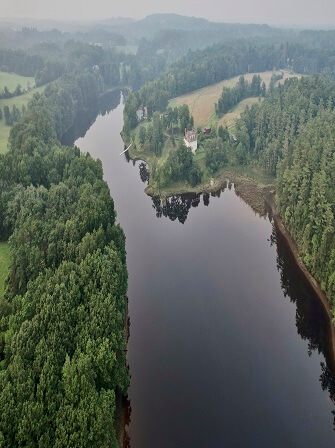
Accumulation of farmers’ knowledge for better management with time.
All precision agriculture field activities produce valuable field and management information and the data are stored in tools and computers. Farmers can thus accumulate knowledge about their farms and production systems to achieve better management.
PRECISION AGRICULTURE TOOLS
In addition to mechanization, other tools and equipment are used in precision agriculture are:
Global Positioning System (GPS)
GPS is a navigation system based on a network of satellites that helps users to record positional information (latitude, longitude and elevation) with an accuracy of between 100 and 0.01 m. GPS allows farmers to locate the exact position of field features, such as soil type, pest occurrence, weed invasion, water holes, boundaries and obstructions. There is an automatic controlling system, with light or sound guiding panel (DGPS), antenna and receiver. GPS satellites broadcast signals that allow GPS receivers to calculate their position. In many developed countries, GPS is commonly used as a navigator to guide drivers to a specific location.
GPS provides the same precise guidance for field operations. The system allows farmers to reliably identify field locations so that inputs (seeds, fertilizers, pesticides, herbicides and irrigation water) can be applied to an individual field, based on performance criteria and previous input applications.
The specific advantages of GPS in farm operations:
• Farm machines are guided along a track hundreds of metres long making only centimetre-scale deviations.
• Rows are not forgotten and overlaps are not made.
• The number of rows can be counted during work.
• Tools and equipment can be operated in the same way from year to year.
• It is possible to work at night or in dirt with precision.
• The system is not affected by wind.
• An additional recorder can store field information to be used in making a map.
Sensor Technologies
Various technologies – electromagnetic, conductivity, photo-electricity, ultrasound – are used to measure humidity, vegetation, temperature, vapour, air etc. Remote-sensing data are used to: distinguish crop species; locate stress conditions; discover pests and weeds; and monitor drought, soil and plant conditions. Sensors enable the collection of immense quantities of data without laboratory analysis.

The specific uses of sensor technologies in farm operations are as follows:
• Sense soil characteristics: texture, structure, physical character, humidity, nutrient level and presence of clay
• Sense colours to understand conditions relating to: plant population, water shortage and plant nutrients.
• Monitor yield: crop yield and crop humidity.
• Variable-rate system: to monitor the migration of fertilizers and discover weed invasion.
Geographic Information System (GIS)
The use of GIS began in 1960. This system comprises hardware, software and procedures designed to support the compilation, storage, retrieval and analysis of feature attributes and location data to produce maps. GIS links information in one place so that it can be extrapolated when needed.
Computerized GIS maps are different from conventional maps and contain various layers of information (e.g. yield, soil survey maps, rainfall, crops, soil nutrient levels and pests). GIS helps convert digital information to a form that can be recognized and used.
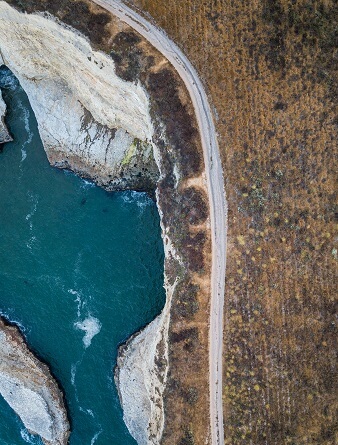
Digital images are analysed to produce a digital information map of the land use and vegetation cover. GIS is a kind of computerized map, but its real role is using statistics and spatial methods to analyse characters and geography. Further information is extrapolated from the analysis.
A farming GIS database can provide information on: filed topography, soil types, surface drainage, subsurface drainage, soil testing, irrigation, chemical application rates and crop yield. Once analysed, this information is used to understand the relationships between the various elements affecting a crop on a specific site.
In some cases, this function of GIS can also be performed using agriculture drones
Variable-Rate Technologies (VRT)
Variable-rate technologies (VRT) are automatic and may be applied to numerous farming operations. VRT systems set the rate of delivery of farm inputs depending on the soil type noted in a soil map. Information extrapolated from the GIS can control processes, such as seeding, fertilizer and pesticide application, and herbicide selection and application, at a variable (appropriate) rate in the right place at the right time. VRT is perhaps the most widely used precision agriculture technology in the United States
Grain Yield Monitors for Mapping
A monitor mounted on a combine continuously measures and records the flow of grain in the grain elevator. When linked with a GPS receiver, yield monitors can provide data for a yield map that helps farmers to determine the sound management of inputs, such as fertilizer, lime, seed, pesticides, tillage and irrigation

In summary, precision agriculture is made possible by the deployment of GPS to locate sites within the fields. A computer integrates the GIS application map and the GPS receiver information, which are sent to the controller on the VRT machine, which applies variable rates in farming operations
STEPS FOR DEPLOYING PRECISION AGRICULTURE
The application of precision agriculture comprises the following practical steps:
1. Determine management zones to be applied with precision agriculture.
2. Establish yield goals.
3. Carry out soil sampling and data interpretation.
4. Make decisions regarding management of land preparation, varieties, fertilizers and other nutrients to achieve yield goals.
5. Establish maps to discover the pest population: insects, diseases and weeds, using an integrated pest management (IPM) approach.
6. Apply precision irrigation.
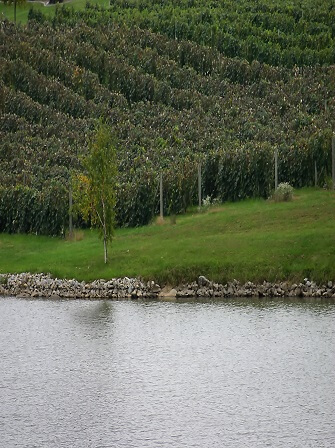
7. Apply logging and automated record keeping.
8. Monitor and establish yield maps, evaluate precision agriculture response and identify strengths and weaknesses for future improvement.
DRAWBACKS OF PRECISION AGRICULTURE
Despite the many advantages of precision agriculture, the adoption of precision agriculture has been limited for the following reasons:
• Gathering information for devising precision agriculture strategies is expensive and time consuming.
• The benefits of precision agriculture are not immediately apparent, gains are spread over a long period of time and it is difficult to estimate the costs and returns to users.
• Although diminishing, the costs of precision agriculture technologies remain high for users
The cost-effectiveness of precision agriculture is still in question, as the prices of high technology are high and farmers’ skills are inadequate to handle large amounts of field data and information. Automation of the data processing and interpretation processes, such as simulation models and decision-support systems, needs further improvement for friendly precision agriculture implementation.
CONCLUSION
The concepts of precision agriculture is an innovative approach for responding to the diminishing resources, economic pressure and increased environmental degradation in agriculture. Although there are economic concerns about the use of high technological tools in agriculture, precision agriculture, is a fast-developing field in developed countries.
This system has helped an increasing number of farmers in developed countries to use more effectively farm inputs, such as fertilizers, insecticides, fungicides, herbicides and irrigation water, in order to achieve increased productivity, efficiency, profits and environmental protection. The cost-benefits of precision agriculture are under investigation, while the system is being fine-tuned for wide adoption.
Owing to limited resources and the prevailing small farm size, agricultural production systems in developing countries have employed the precision agriculture concept differently. In developing countries, precision agriculture is an integrated crop management system that can enable farmers to close the yield gap between fields and research stations – which is still very large in many countries.
If you need consultations for deployment of the best precision agriculture solutions for your farm, send an email to agsolutions@agricdemy.com or call/chat with us on +2348089864121
REFERENCES
The Concept and Implementation of Precision Farming and Rice Integrated Crop Management Systems for Sustainable Production in the Twenty-First Century by D.V Tran and N.V Nguyen
Precision Farming –Factor Influencing Productivity. Paper presented at the Northern Ohio Crops Day meeting, Wood County, Ohio by Batte, M.T. and VanBuren, F.N
Precision Agriculture: An Integration of Information Technology with Farming by Buick, R.D.
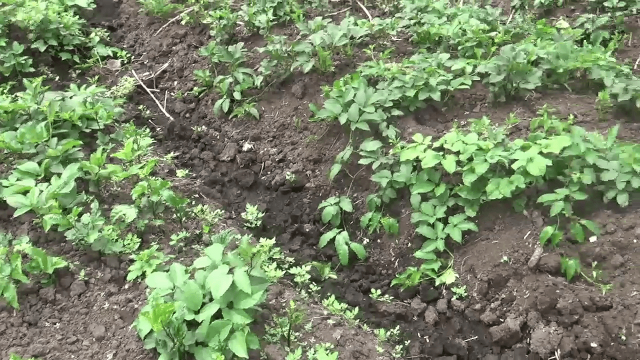

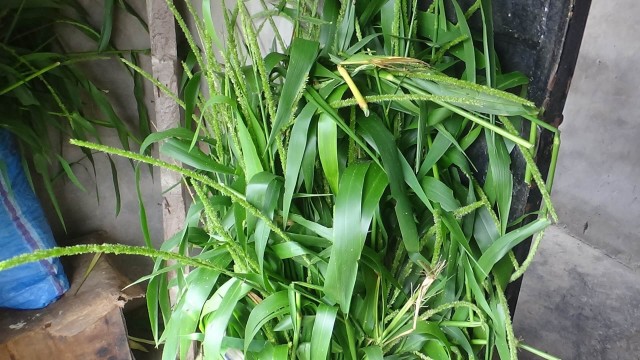


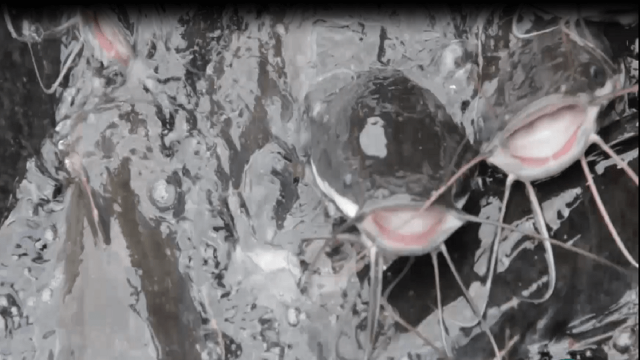
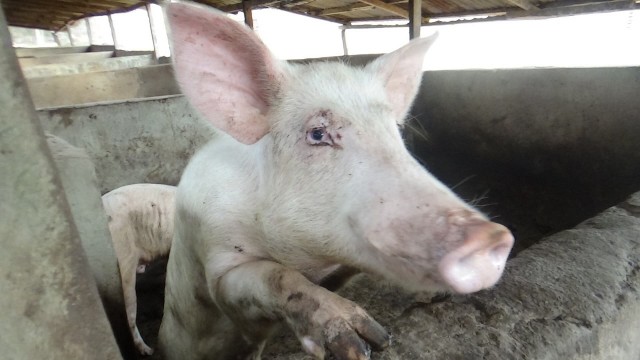




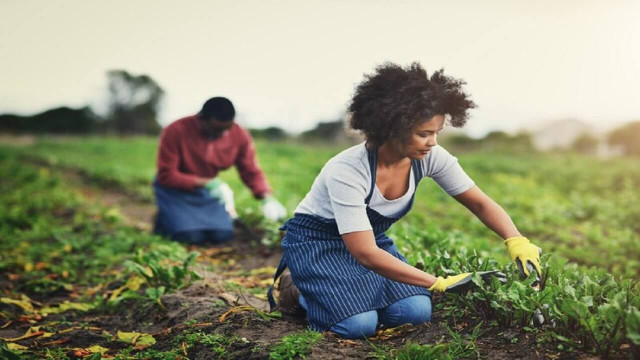
Share This Article: